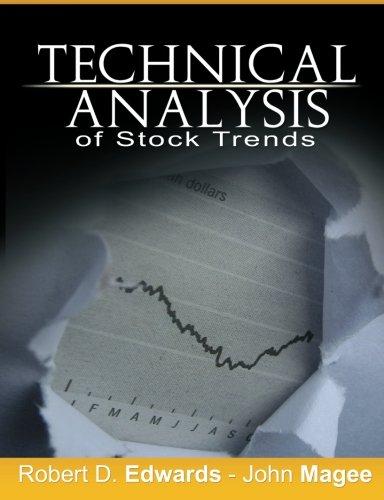Answered step by step
Verified Expert Solution
Question
1 Approved Answer
please discuss exhibits 14.1 and 14.2 specifically discuss how you beleive fundamental calue drivers imoact firm values give an in depth explanation for noth exhibits
please discuss exhibits 14.1 and 14.2 specifically discuss how you beleive fundamental calue drivers imoact firm values give an in depth explanation for noth exhibits at least 3-4 paragaraphs each please site work if needed




Step by Step Solution
There are 3 Steps involved in it
Step: 1

Get Instant Access to Expert-Tailored Solutions
See step-by-step solutions with expert insights and AI powered tools for academic success
Step: 2

Step: 3

Ace Your Homework with AI
Get the answers you need in no time with our AI-driven, step-by-step assistance
Get Started


